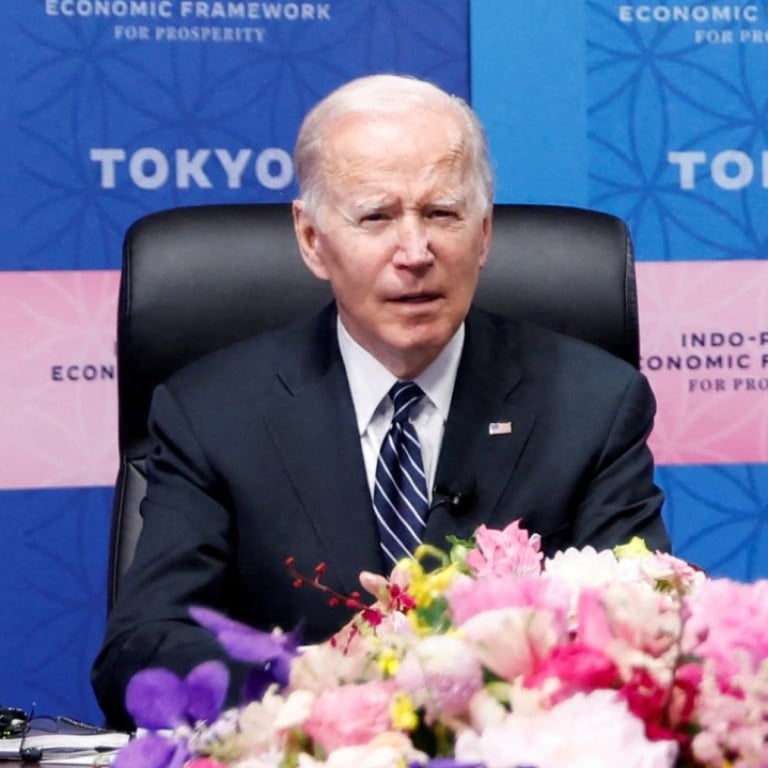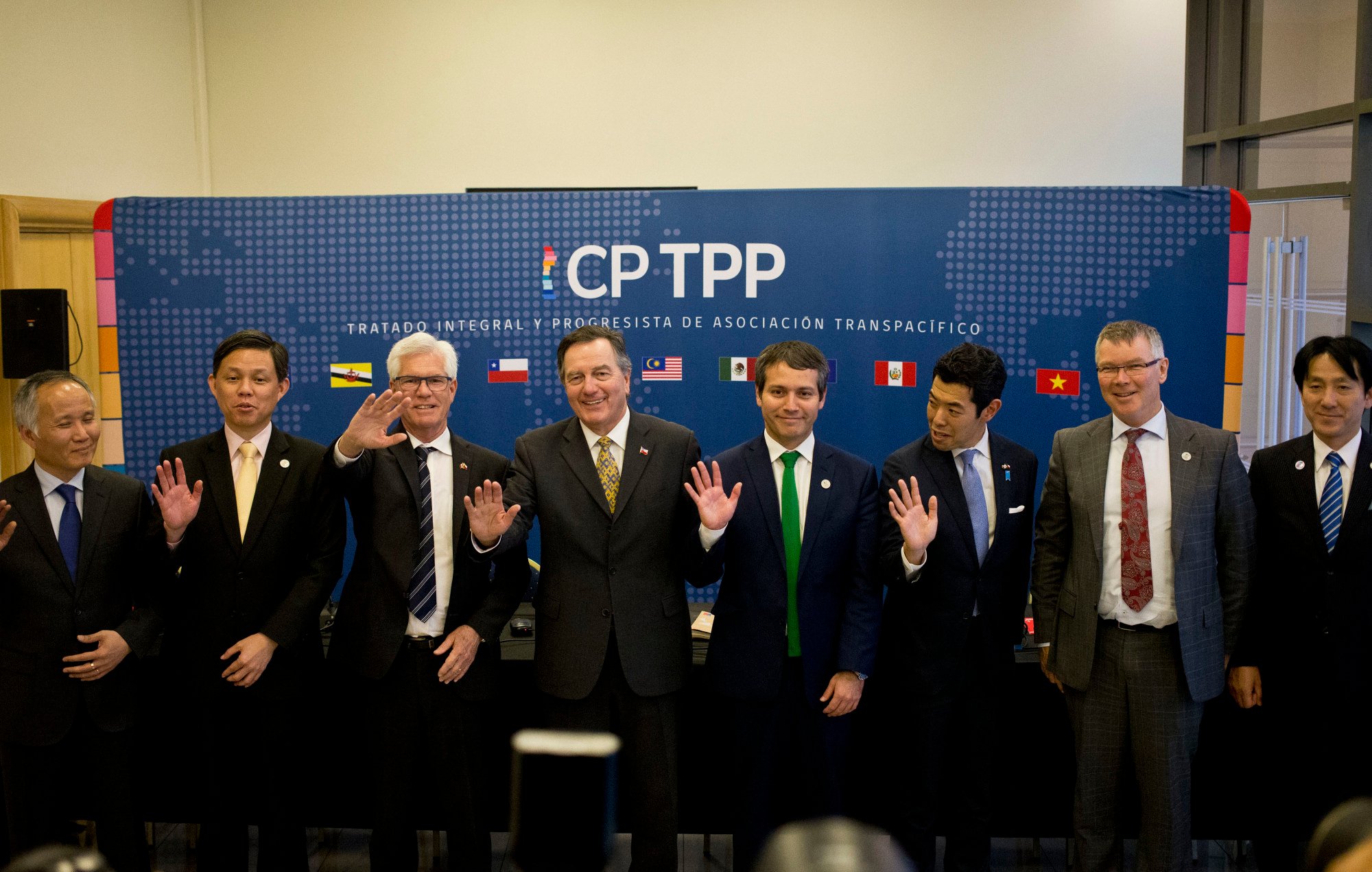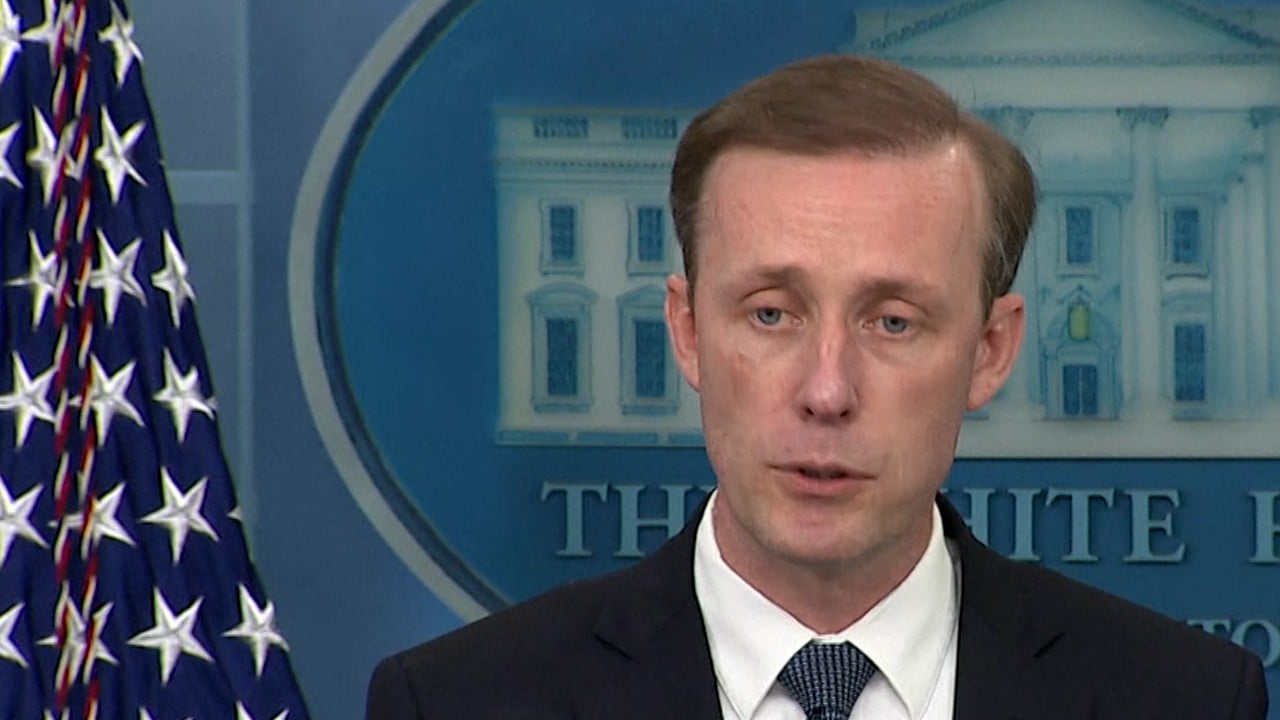
Biden’s Indo-Pacific economic plan must be stronger if it hopes to counter China: report
- Indo-Pacific Economic Framework, US president’s programme for region, is failing as alternative to trade deals China offers, Asia Society Policy Institute says
- US risks ‘becoming spectator’ as partners work ‘among themselves and with China to strengthen supply chain connectivity, regional economic integration’: report
A major US-led economic initiative aimed at countering China’s many trade agreements in the Indo-Pacific region is failing and needs to be urgently strengthened if it has any hope of keeping pace, a new report concludes.
The report, released on Monday by the Asia Society Policy Institute (ASPI), argues that the Indo-Pacific Economic Framework (IPEF), announced in May 2022 by US President Joe Biden with great fanfare and joined by 14 countries, will probably fall short of creating a true alternative to more comprehensive trade agreements China is offering in the region.
“To put it bluntly, if the US does not take a bolder approach, we risk becoming spectators as our partners work among themselves and with China to strengthen supply chain connectivity and regional economic integration,” wrote ASPI Vice-President Wendy Cutler, formerly a negotiator in the office of the US Trade Representative, and Clete Willems, a partner at the Akin Gump international law firm.
The IPEF outcomes released to date, the report said, represent only a “modest” step forward. “If this is any guide to what the rest of IPEF is likely to entail, we can expect limited outcomes in other areas as well,” the report warned.
In May, the US and 13 other Asia-Pacific nations reached an agreement to expand cooperation concerning supply chains – one of its four pillars, which also cover issues of trade, clean energy, tax and anti-corruption, as a way to counter China.
However, the IPEF has faced scepticism given the lack of tariff reduction and other enforceable market-opening measures that are hallmarks of traditional free-trade agreements.
US-led IPEF trade talks could deliver results by year-end
The IPEF nations hope to conclude negotiations by November to coincide with the Asia-Pacific Economic Cooperation (Apec) leaders’ summit in San Francisco.
“As the US host year for Apec and IPEF negotiations draw to a close in November, now is the time for the United States to give serious thought to our next step in deepening our regional economic engagement,” the report contended.
“It would be regrettable to look back at this time in history as the moment when we ceded regional trade leadership to China,” it added.
According to the report, IPEF negotiations appear to be mostly on track, with the possible exception of some controversial aspects of the trade pillar, such as the digital sector.
The 14 IPEF economies represent 40 per cent of global GDP and 28 per cent of global trade in goods and services. The framework, strongly promoted by the Biden administration, is intended to counter China’s influence in the region, which Beijing wields through a number of trade pacts including Regional Comprehensive Economic Partnership (RCEP), a 15-member free trade agreement in Asia which entered force in 2022.
Trade between Asean member countries and China is increasing at an unprecedented rate – 64 per cent from 2017 to 2022.

“As more and more tariff reductions take place among the growing membership, RCEP’s impact will continue to grow, to the further detriment of US interests, ” the report warned, adding that “the RCEP is only the beginning of China’s ambition”.
Beijing is also seeking membership in the Comprehensive and Progressive Trans-Pacific Partnership (CPTPP), the successor treaty to the free-trade pact that the US withdrew from in 2017.
The report said that Beijing “would be able to flip the table and use the CPTPP to set regional standards and norms without the United States” if it succeeds in joining the partnership.
In response, the report suggests that the US lead the “phase 2” IPEF negotiation following the Apec leaders’ summit, eliminating or reducing tariffs in targeted sectors, and proposing tackling market access, all of which has been off the table to date.
Disagreements between US, Asian nations complicate IPEF negotiations
The report also listed other options, including joining a “reimagined” CPTPP to seek to update and renegotiate core areas of the agreement.
The Biden administration could also expand the free trade agreement between Canada, Mexico, and the United States, with new partners such as Britain and Taiwan, the report suggested.
A fourth approach, the report proposed, would be to develop a new template for a trade agreement, starting with a series of bilateral agreements or by forming a small group of close US partners, such as Japan, Taiwan, Australia and South Korea, and expand the list over time.


